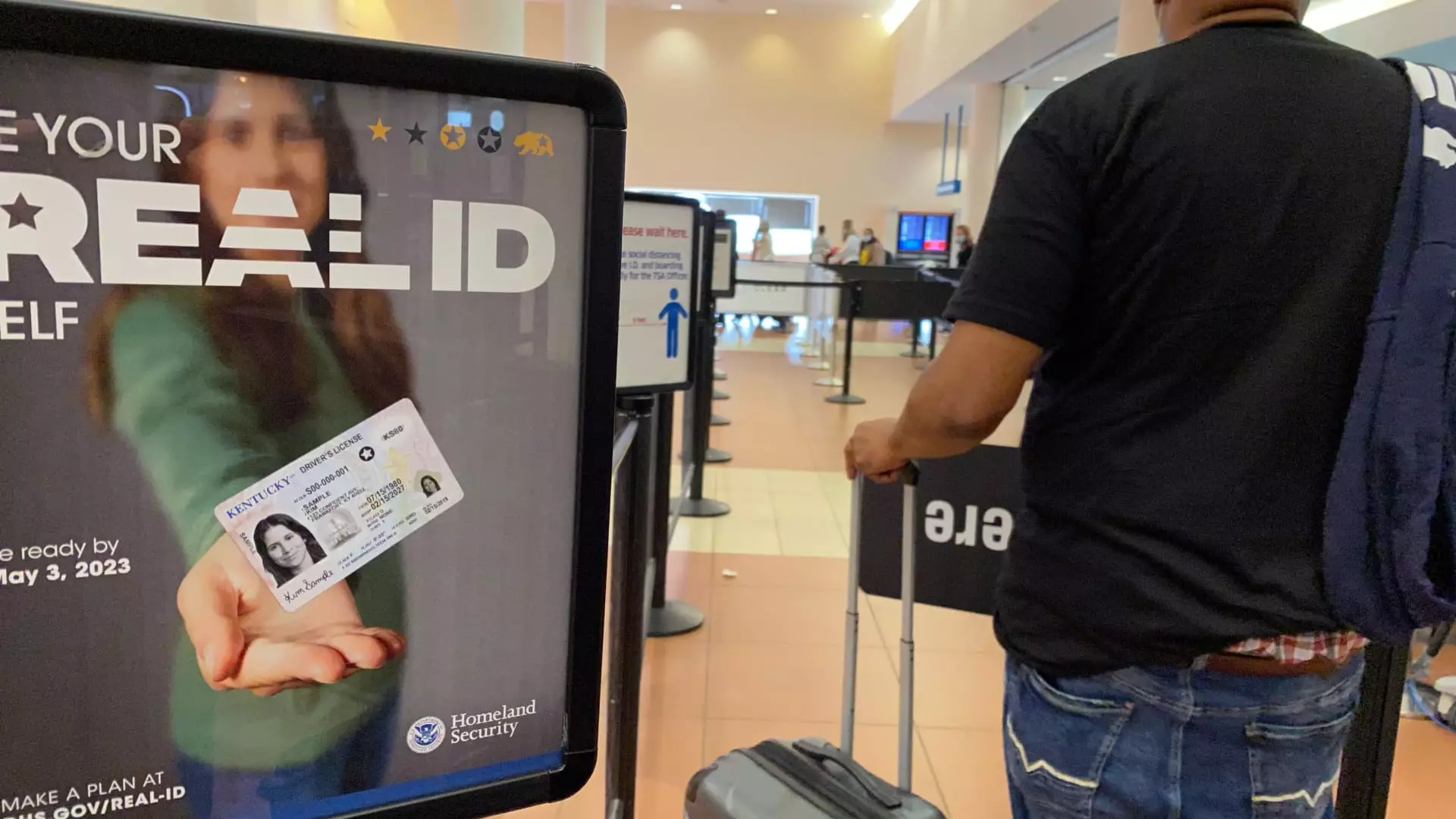As the date barrels closer toward May 7, the reality of the Real ID mandate looms over American travelers with alarming intensity. This governmental imposition, initially conceived in the wake of the horrific events of September 11, 2001, is now demanding concrete action from the public. While travelers have long been aware of the impending requirement for a Real ID-compliant license or passport, the urgency with which federal and state agencies now emphasize compliance paints a picture of disorder. Warnings echo through airports and state motor vehicle departments alike, urging everyone to scramble for appointments—though precious few remain.
Why the last-minute rush? Clear communication and transparency remain lacking, leaving many travelers—particularly those who do not frequent air travel—blindsided by this impending restriction. The federal government has missed multiple deadlines in the past, allowing a false sense of security to flourish, yet now they appear resolute in enforcing these regulations, leaving little room for public adaptation. This sends a distressing message about the preparedness of both our bureaucratic system and the American populace.
Dissonant Narratives: Facts or Fears?
Statistics thrown about, such as the claim that 81% of travelers currently possess Real ID-compliant identification, come with a grain of salt. The reality varies significantly by state; thus, plastering optimistic figures across bulletins is ultimately misleading. For many American citizens, especially those in rural or less populated areas, the path to obtaining a compliant ID is fraught with obstacles—ranging from limited access to DMV services to the bureaucratic malaise that appears universal in such establishments.
Transportation Security Administration (TSA) officials like John Essig have taken the proactive approach of urging travelers to act swiftly, yet it seems a fundamental disconnect exists between these officials and the realities faced by the traveling public. The hurried messaging undermines the very intent behind these regulations—to increase safety. Instead, it creates an atmosphere of panic that seems to invite confusion rather than resolution.
The Suffering of the Average Traveler
To make matters worse, those lacking Real IDs or alternative identification may face frustrating delays at airport security checkpoints. Being subjected to “additional screening” is not merely a minor inconvenience; it’s a glaring example of how such a policy disproportionately affects everyday Americans. Imagine rushing to the airport already burdened with the stresses of travel, only to be ensnared in a bureaucratic nightmare, all because you didn’t get the memo about an ID—you once thought common—being suddenly declared inadequate.
Moreover, the TSA’s recommendation to arrive three hours early for domestic flights—especially for those without a Real ID—is yet another form of overreach. It compounds pressure for working-class individuals who often have the least flexibility in their schedules. Travelers are not merely navigating physical logistics; they are straddling a sociopolitical landscape strained under the weight of regulatory demands, which often seem to have little regard for real-life implications.
Failures of the System
The backdrop to this whole situation is the glaring ineffectiveness of our bureaucratic institutions to prepare adequately for the rollout of Real ID requirements. Year after year of postponements should have granted ample time to ready infrastructure. Yet here we stand, with agencies scrambling to mobilize a populace largely uninformed about the specifics of ID-compliance. This administrative failure breeds distrust, fueling skepticism around the government’s ability to keep citizens safe.
Real ID compliance requires that IDs display specific markings, which transforms what was once a mundane task—identity verification—into an intricate dance of governmental input and public confusion. The flimsy assurances that equate such measures to improved safety gloss over valid questions about whether the efficacy of these IDs justifies the inconvenience and potential chaos they’re about to unleash.
As we approach May 7, it becomes painfully clear: the Real ID enforcement is not merely about compliance; it is an echo of systemic failures, further alienating the average citizen from a system built to protect them. The time for reflective action is past; for many, we are now on the precipice of chaos where preparedness and civility seem to have been wholly overlooked.

